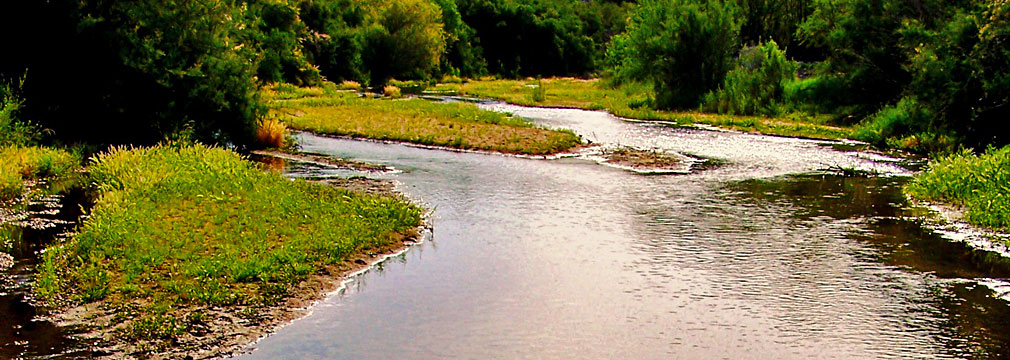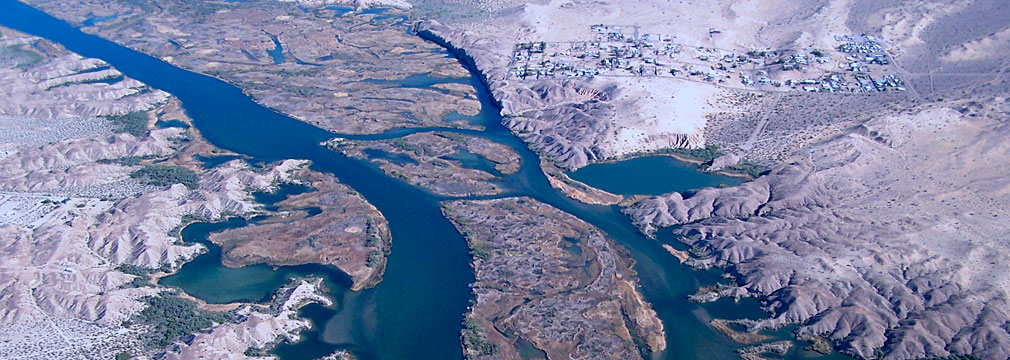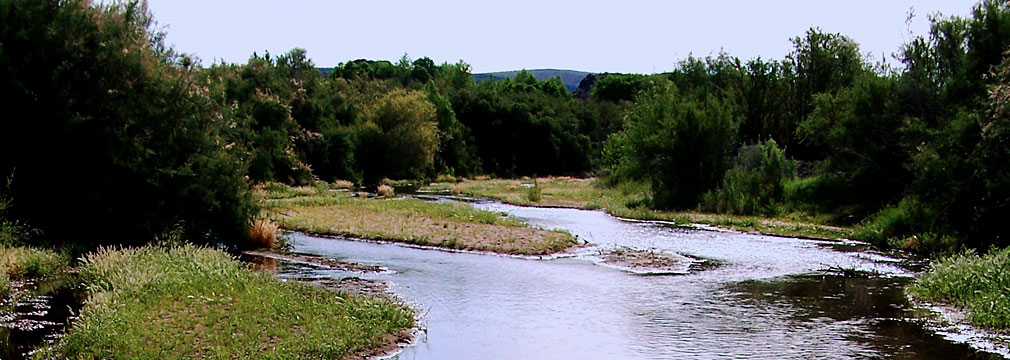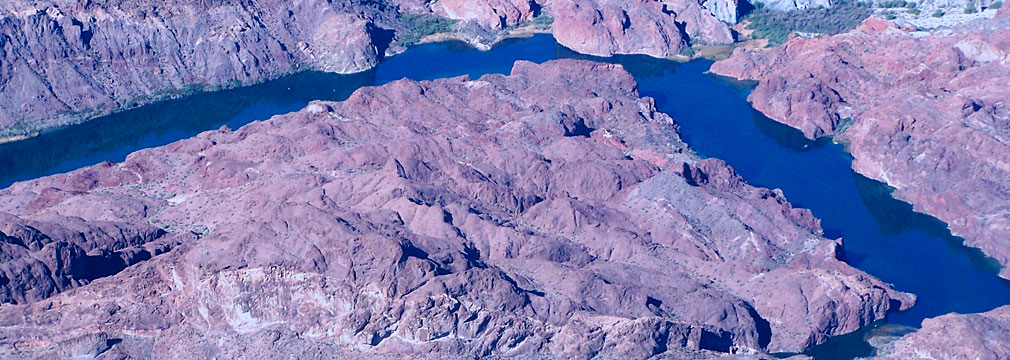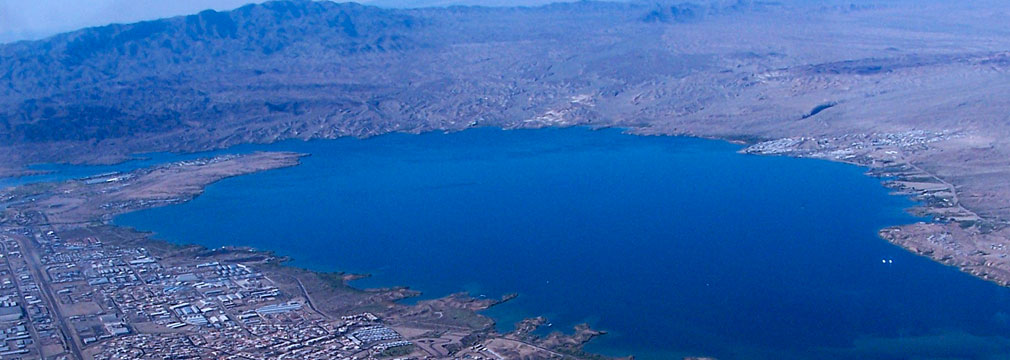
-
Clean Colorado Sustainability Coalition
2330 McCulloch Blvd. N.
Lake Havasu City, AZ 86403
Phone: (928)453-4152
contact
Clean Colorado River Sustainability Coalition
Never has there been as great a threat to both the quality and quantity of water in the Colorado River as that which we face today. Whether one lives in Arizona, California, Nevada or any other of the Upper Basin or Lower Basin states, therefore, one has a vital stake in protecting the quality of Colorado River water.
The Lower Colorado River provides many benefits to residents along the river:
- Drinking water supply for more than 24 million Arizona, California, and Nevada residents
- Annual crop production of over $2 billion
- Annual hydroelectric power generation of over $400 million
- Annual visitors to the area both for the summer and winter exceeding 19 million
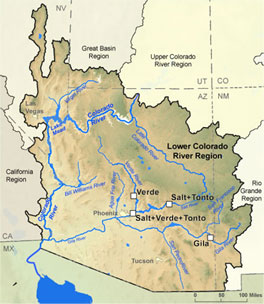
In April 2004, however, the environmental organization American Rivers and its partners designated the Colorado River as the nation's "most endangered river," citing mounting problems with radioactive, human and toxic waste that are contaminating groundwater levels to unsafe conditions. The situation has been compounded by rapid population growth, with the result being that areas already being served by outdated wastewater technology and septic tanks that can no longer function to treat wastewater without creating further contamination problems.
Contamination increasingly threatens the livelihoods of those millions of Americans living in the Lower Basin states. It threatens their health. It threatens their lives. But people living in the Lower Basin are not alone in facing this water crisis. If the spread of contamination is not addressed sooner, rather than later, not only the quality of water in the Lower Basin but the quantity of water along the entire river will be in jeopardy.
Three sources of pollution are at the heart of the contamination crisis confronting both the upper and lower basins: nitrates, uranium and chromium. In addition, there are a number of emerging pollution and biological issues further contributing to the problem, such as pesticide residues, pharmaceuticals, industrial contaminants and other endocrine disrupting compounds, salinity and quagga mussels.
Quagga mussels carried by private boats from the Great Lakes region in early 2007 infested the Lower Colorado River from Lake Mead southward and have rapidly established themselves in the three major reservoirs and along river reaches. This organism is known to create another series of environmental problems that this region will have to face.
Safeguarding the water supply for the 25 million-plus people who depend upon the Lower Colorado River is a long-term challenge that will require the commitment, collaboration and contributions of local, state and federal governments through a comprehensive management program.
Local governments have a clear responsibility to contribute financially to protect the river. After considerable study, however, it is evident that the river cannot be protected by local governments alone. In a March 2007 report, the Bureau of Reclamation documented the cost of remediation at $2.1 billion through the year 2025.
While local governments are doing their part, the cost of eliminating current hazards is more than they can bear alone. States and the federal government must make substantial contributions to the remediation effort. The failure to do so could have catastrophic consequences. If proactive solutions are not developed that address the problem today, the cost of water treatment could be prohibitive.
This preventable disaster becomes even more profound in an era of drought, leaving fewer options to control river flows. This loss of water quantity, as well as quality, should draw together the Upper and Lower Basin states as allies in this cause.
